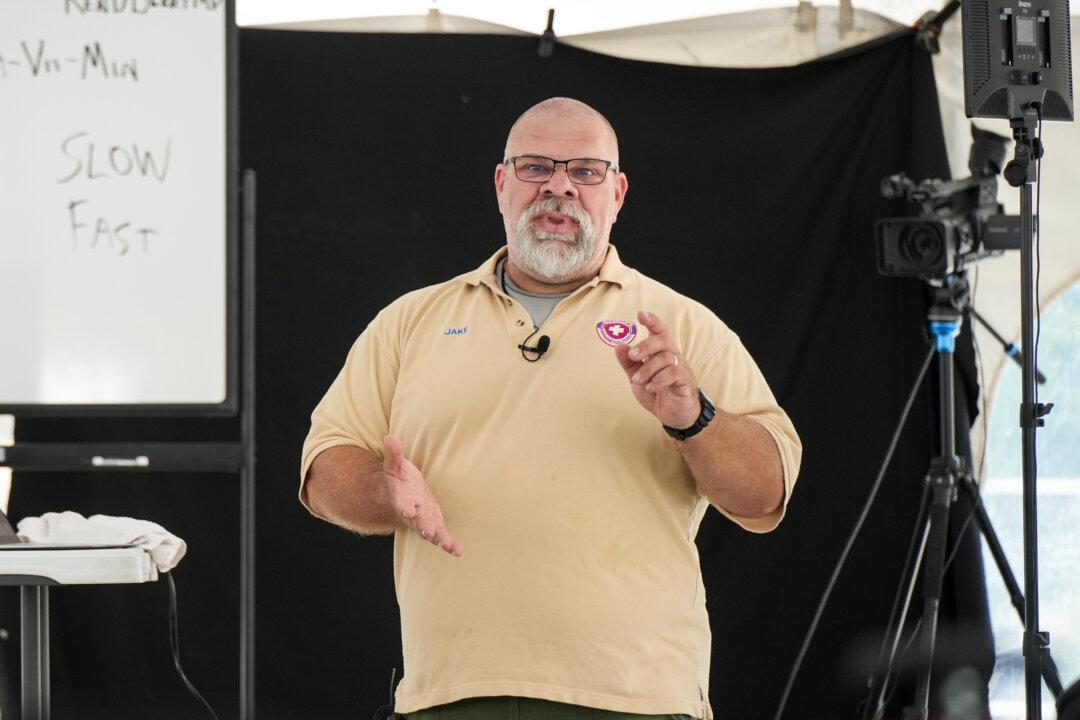CAMDEN, Tenn.—Almost everyone, even those who are focused on preparedness, are “woefully” unprepared medically, said Jake Drumm, a former paramedic and founder of Drumm Emergency Solutions.
“Most people think they should just buy a big ol’ first aid kit and they’re done,” he said at a self-reliance festival in Tennessee on June 12.





